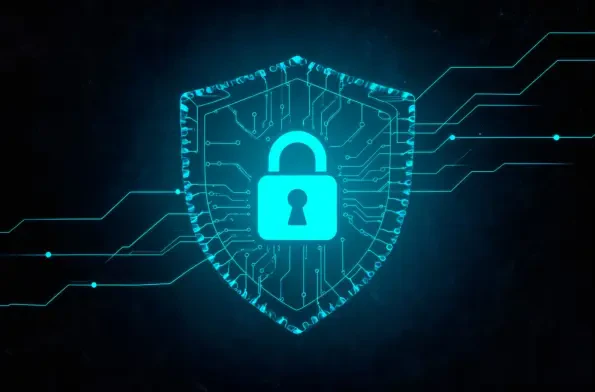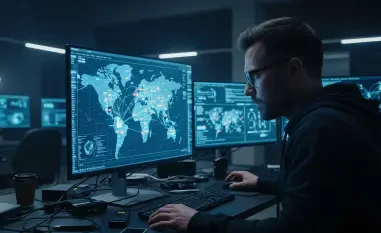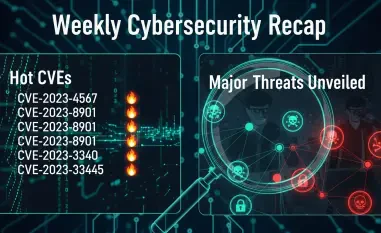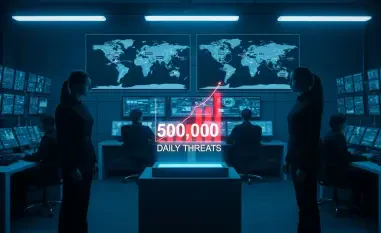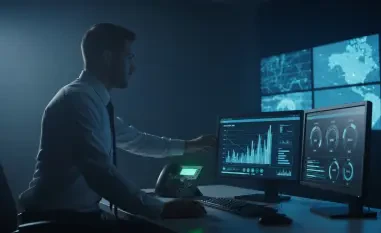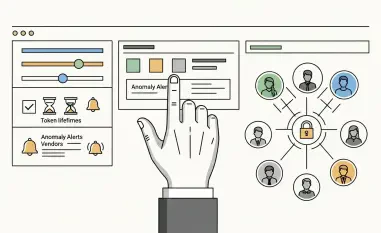To discuss the intricate landscape of cyber espionage and the far-reaching vulnerabilities it exploits, we’re joined by Malik Haidar, a distinguished cybersecurity expert renowned for his work in safeguarding multinational corporations. Malik’s insights into the integration of business acumen with cybersecurity tactics are invaluable as we delve into a high-profile case of cyber espionage targeting a diverse set of sectors.
Can you provide an overview of the cyber espionage activities targeting more than 70 organizations across various sectors?
The campaign we’re discussing has been attributed to a China-linked threat group targeting more than 70 organizations. This widespread operation commenced between July 2024 and March 2025, incorporating various types of attacks across multiple sectors, such as manufacturing, government, and finance. The attackers performed reconnaissance operations, which included evaluating internet-facing servers, potentially to execute future malicious activities. The focal aspect of these activities is a significant threat cluster named PurpleHaze, associated with known Chinese cyber espionage entities.
Which sectors were primarily targeted by this China-linked cyber espionage group?
The sectors impacted were diverse, emphasizing the broad target scope of these espionage activities. Key industries included manufacturing, government, finance, telecommunications, and research. This range indicates a comprehensive strategy aimed at obtaining sensitive information from different sectors to leverage in potential future operations or to disrupt these vital industries more broadly.
What specific roles did SentinelOne play in identifying and analyzing this cyber espionage campaign?
SentinelOne played a crucial role in identifying these cyber threats through meticulous research and analysis. They were at the center of the reconnaissance activity where parts of their infrastructure were deliberately accessible online. Their researchers mapped out the intrusions, untangling the broader web of attacks and identifying clusters of activity that pointed to sustained and sophisticated espionage endeavors linked to China.
How was the reconnaissance activity against SentinelOne executed?
The reconnaissance attempts against SentinelOne involved the threat actors mapping and assessing various internet-facing servers. This activity was categorized as reconnaissance, indicating the attackers were likely gathering intelligence to prepare for more invasive operations. There is also speculation about the attacker’s intentions—whether they were limited to the IT services and logistics company associated with SentinelOne or poised to breach other connected organizations.
What can you tell us about the threat cluster PurpleHaze and its connection to groups like APT15 and UNC5174?
PurpleHaze is the term used to identify the threat cluster connected with these espionage activities. It marks a convergence of efforts from state-sponsored groups, notably APT15 and UNC5174. These groups are recognized as significant players in global cyber espionage, each with its own notorious history of targeting various sectors for geopolitical gain.
Can you explain the different activity clusters identified in this campaign, labeled A through F?
The campaign was segmented into six clusters of activities, showcasing a range of operational focuses. For instance, Activity A involved intrusions into a South Asian government, whereas Activity B entailed global organizational intrusions. These clusters provided a structured view of the various attacks over time, each revealing different tactics and objectives unique to the targeted organization or sector.
What was the significance of the attack against the South Asian government entity in June 2024?
This particular attack was notable for deploying ShadowPad, a sophisticated tool often linked to state-backed hacking operations. The use of ScatterBrain to obfuscate this malware underscores the attack’s complexity. The breach demonstrated both an immediate impact on government operations and highlighted vulnerabilities that could be further exploited in subsequent attacks.
How did the cyber attackers use ShadowPad and ScatterBrain in their campaigns?
ShadowPad served as a highly potent tool within these operations, facilitating unauthorized access and data extraction. ScatterBrain was used alongside it to obfuscate ShadowPad’s presence, making it more challenging to detect and thwart. Such tools indicate the attackers’ advanced capabilities, designed to incite long-term persistence within compromised systems.
What role did the deployment of NailaoLocker play in these campaigns?
NailaoLocker was a ransomware family delivered in some of these attacks, particularly those exploiting vulnerabilities in Check Point gateway devices. Its role was multifaceted; it not only aimed to disrupt organizations directly through ransomware tactics but also to serve as a diversion or cover for other underlying activities like espionage and data extraction.
Can you describe the tactics used in the October 2024 attack on the South Asian government entity?
In October 2024, the same South Asian entity faced a secondary wave of attacks, this time using GoReShell, a Go-based reverse shell. This payload allowed attackers to establish a connection back to the infected host via SSH, enabling further espionage actions. This tactic underscores the persistence of the threat actors and their commitment to exploiting initial vulnerabilities deeply.
What is GoReShell, and how was it used in attacks against both the South Asian government entity and the European media organization?
GoReShell is a type of malware designed to allow remote access to compromised systems via a secure shell protocol. Its deployment in multiple instances within this campaign highlighted a pattern of persistent access attempts. This consistency in methodology implies a coordinated effort to infiltrate and maintain a foothold across key targets.
Who are The Hacker’s Choice (THC), and how was their software abused by state-sponsored actors?
The Hacker’s Choice is an IT security group known for developing advanced tools meant for ethical use in security testing. However, in this case, their software was manipulated by state-sponsored actors, marking the group’s programs’ first known misuse for such malicious purposes. This reiterates the broader issue of legitimate security tools being co-opted for unlawful espionage activities.
How has SentinelOne attributed Activity F to a China-nexus actor and its connection to UNC5174?
Activity F’s attribution to a China-nexus actor was based on specific patterns and tools tied to previous known actions of UNC5174. SentinelOne’s analysis pointed out overlaps in infrastructure and methodologies such as their usage of vulnerabilities related to SAP NetWeaver, aligning these with UNC5174’s tactical footprint.
What is the significance of the vulnerabilities CVE-2024-8963 and CVE-2024-8190 in this context?
Both vulnerabilities posed significant risks as they were exploited before public disclosure, allowing attackers to establish an initial foothold in their targets. These vulnerabilities were integral in breaching the systems, showcasing why timely patching and vulnerability management are critical in defending against advanced persistent threats.
How did the threat actors use ORB network infrastructure in their attacks?
The ORB network infrastructure acted as an operational relay, a critical component in achieving stealth and persistence in the attacks. It allowed attackers to manage command-and-control communications more effectively while obscuring their actual location, making detection and response considerably challenging.
Can you discuss any evidence or analysis that links UNC5174 to these cyber espionage activities?
Evidence pointing to UNC5174’s involvement includes the use of distinct tools and techniques consistent with previous engagements associated with this group. Notably, their exploitation of known vulnerabilities and overlapping infrastructure suggest a continued presence within the espionage campaign’s broader narrative.
What steps are being taken to mitigate the impact of these attacks and prevent future incidents?
Efforts to mitigate such attacks revolve around improving defensive measures, including better detection of anomalies within network traffic and closing known vulnerabilities through robust patch management. Collaborative intelligence sharing among international security agencies also plays a pivotal role in preemptive defenses against such sophisticated threat actors.
How important is international collaboration in combating cyber espionage by state-sponsored actors like those linked to China?
International collaboration is vital; it enables the synthesis of shared intelligence and resources to tackle threats that cross geographic and political boundaries. This collective effort is crucial in establishing comprehensive defenses that can anticipate, identify, and neutralize operations by sophisticated state-sponsored entities globally.
